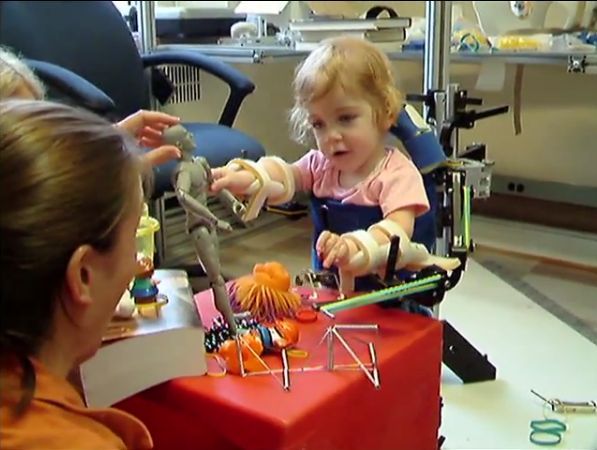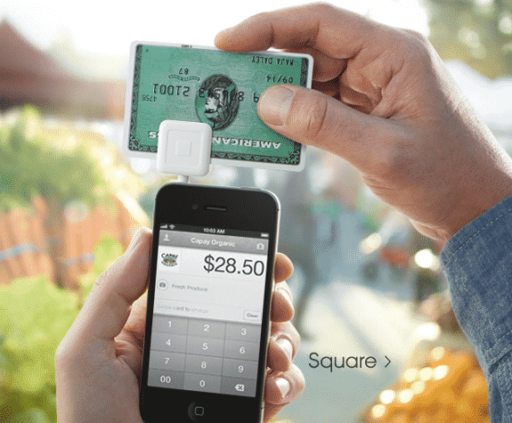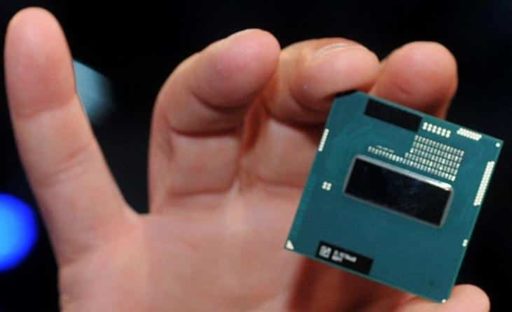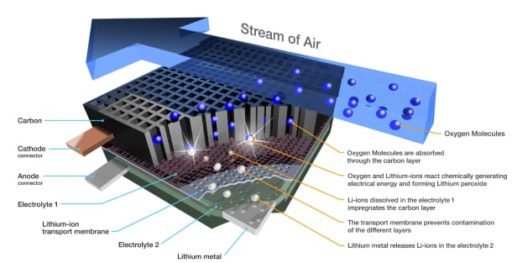A two year old cute girl wanted to play with blocks. But she couldn’t move her arms due to Arthrogryposis, a congenital disorder that restrains and weakens hands or/and legs from moving (full form arthrogryposis multiplex congenita). Researchers have built 3D Printed “Exoskeleton” that supports people to move their limbs. With the help of using Exoskeleton, the two year old girl can move her hands and play with blocks. Goes without saying, the supporting tool has brought smile to her face.
Researchers at the Alfred I. duPont Hospital for Children in Wilmington, Del., have created a medical device called a Wilmington Robotic Exoskeleton (WREX) (in short widely known as Exoskeleton), an assistive device made of hinged metal bars and resistance bands. The device helps Arthrogryposis affected people overcome the limitations of a congenital disorder, which causes stiff joints and underdeveloped muscles.
Emma Lavelle is a two year old cute kid. She is a victim of Arthrogryposis. She couldn’t move her arms and hence she couldn’t play anything with hands. One day at a conference, the girl’s family members first saw the WREX where the device had been helping an eight year old AMC patient lift his arms and move them in all directions. After this, Lavelle’s family chose this device for her.
Researchers at the hospital had worked very hard for years to make the device as smaller as possible so that it can serve all aged AMC patients. The fact is, attached to a wheelchair, the WREX worked for starting from six year old kids to aged people. But the device was totally unfit for two year old Lavelle. She needed a scaled-down version.
So the researchers turned to a Stratasys 3D Printer. It can build complex objects from computer designs — like an inkjet printer, but in three dimensions. Researchers printed (3D) a prototype WREX in ABS plastic. The newly made device was very light.
However, Emma Lavelle calls the device “magic arms.” The device helps the girl overcome the limitations of her congenital disorders. The custom-designed Exoskeleton helps the child move her arms more freely. She wears it at home. She also has to wear it during occupational therapy. Lavelle is very happy as she can play now. In fact, the device has made her cheerful.
The researchers are trying to improve the device. At present, fifteen children use custom 3D printed WREX devices.
Source : Stratasys
[ttjad keyword=”printers”]









